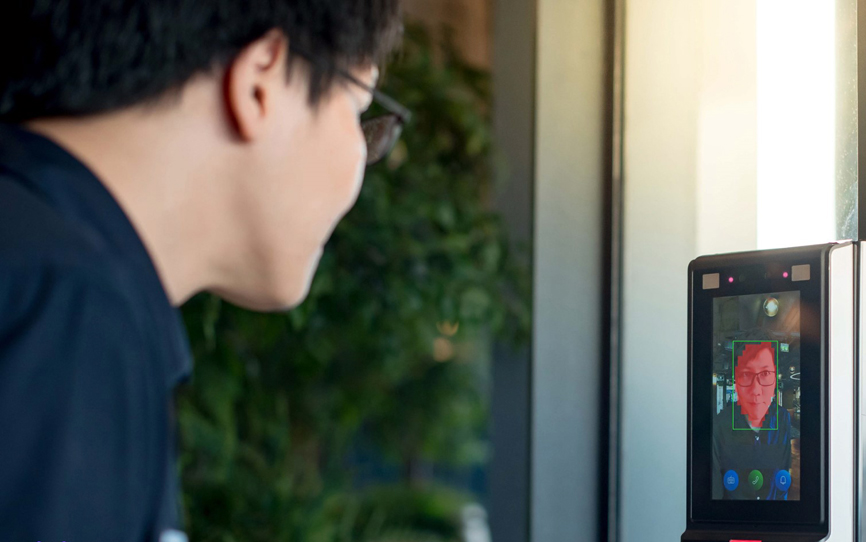Maxim and Xailient partner on AI face recognition
- August 2, 2021
- Steve Rogerson

California-based electronics company Maxim Integrated and Australian AI firm Xailient have combined technologies to create a way to detect and localise faces in videos and images.
Maxim’s Max 78000 low-power neural-network microcontroller detects faces using Xailient’s proprietary Detectum neural network, which draws 250 times les power at 280µJ than conventional embedded products. At 12ms per inference, the network performs in real time and is said to be faster than most face-detection products available for the edge.
Battery-powered AI systems that require face detection, such as home and industrial grade smart security cameras, require a low-power way to provide the longest possible operation between charges. In addition to supporting standalone applications, Maxim’s microcontroller paired with Xailient’s neural network can improves overall power efficiency and battery life of hybrid edge and cloud applications that employ a low-power listening mode that then awakens more complex systems when a face is detected.
The Detectum neural network includes focus, zoom and visual wake-word technologies to detect and localise faces in video and images at 76 times faster rates than conventional software, at similar or better accuracy. In addition, the flexible network can be extended to applications other than facial recognition, such as livestock inventory and monitoring, parking spot occupancy, and inventory levels.
“With the Xailient Detectum neural network, the Max 78000 is capable of both classification and localisation, so in addition to seeing faces in the image or video you can also determine where those faces are in the image’s field of view,” said Robert Muchsel, architect of the Max 78000 microcontroller. “Advanced applications include person, vehicle and object counting, presence or obstruction detection, as well as path mapping and footfall heatmaps.”
Shivy Yohanandan, Xailient CTO and inventor of the Detectum neural network technology, added: “AI is on track to be the second largest carbon emitting industry. Replacing 14 legacy internet protocol cameras that use traditional cloud AI with edge-based cameras equipped with the Maxim Integrated Max 78000 paired with Xailient’s neural network has the equivalent carbon impact of taking one gasoline powered car off the road.”
Maxim targets designers in application areas such as automotive, communications, consumer, data centre, healthcare, industrial and IoT.
Xailient is a computer vision AI software company specialising in putting cloud-capable AI on small devices and chips at the edge. Specialising in Tiny ML computer vision for IoT devices, it uses techniques that improve accuracy.





